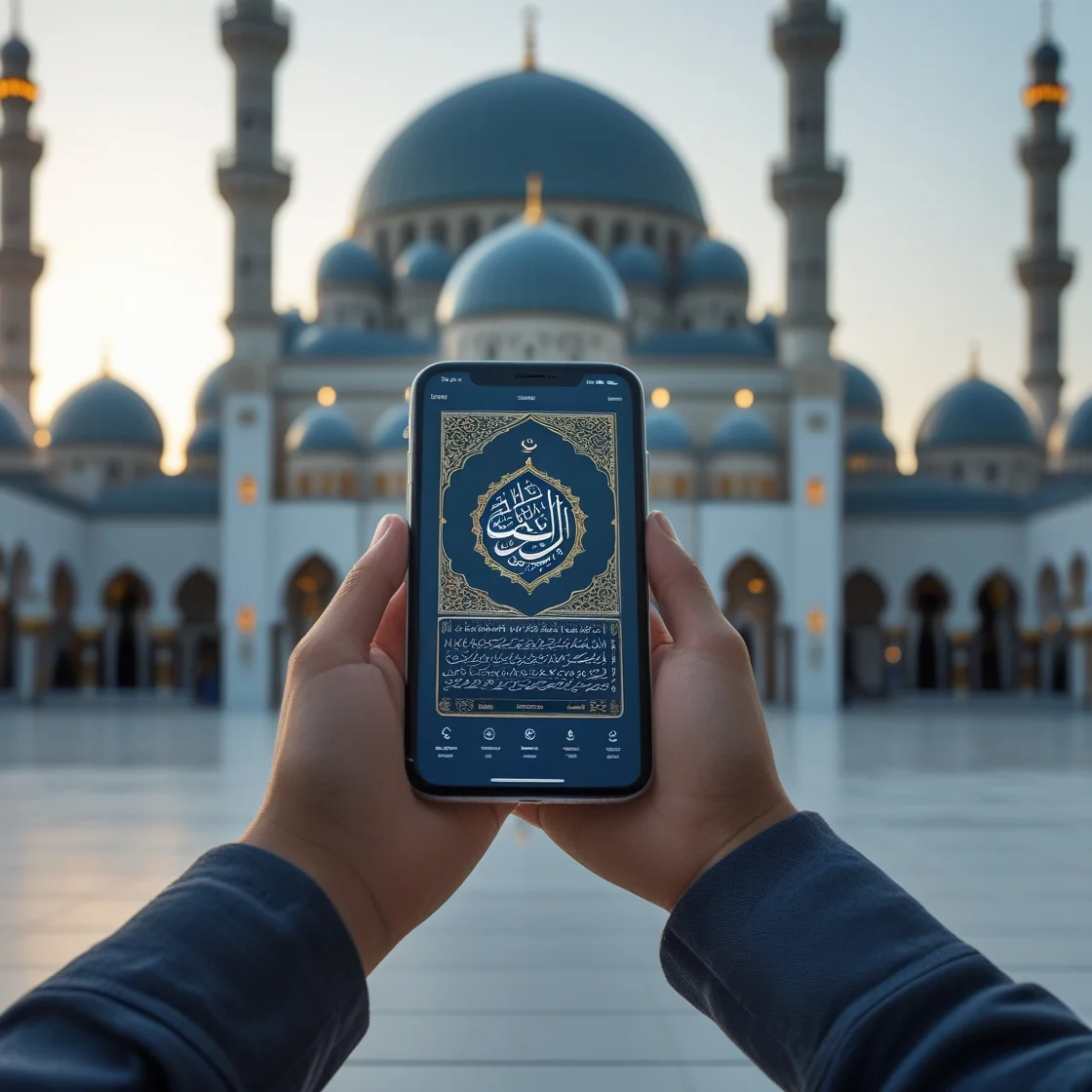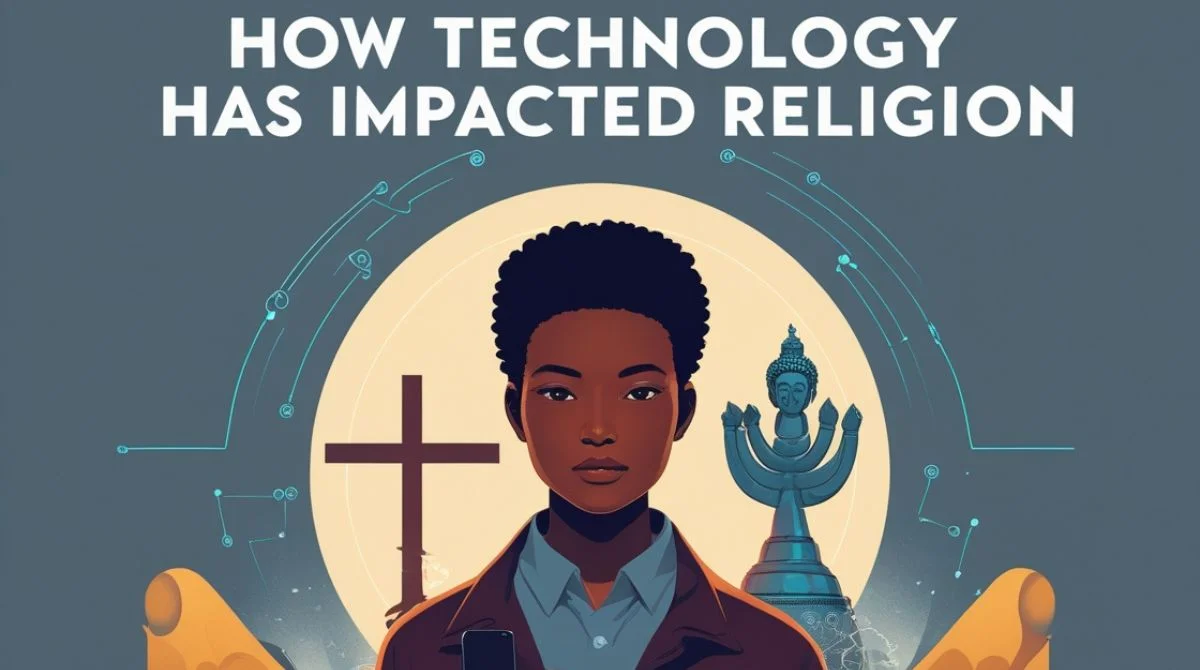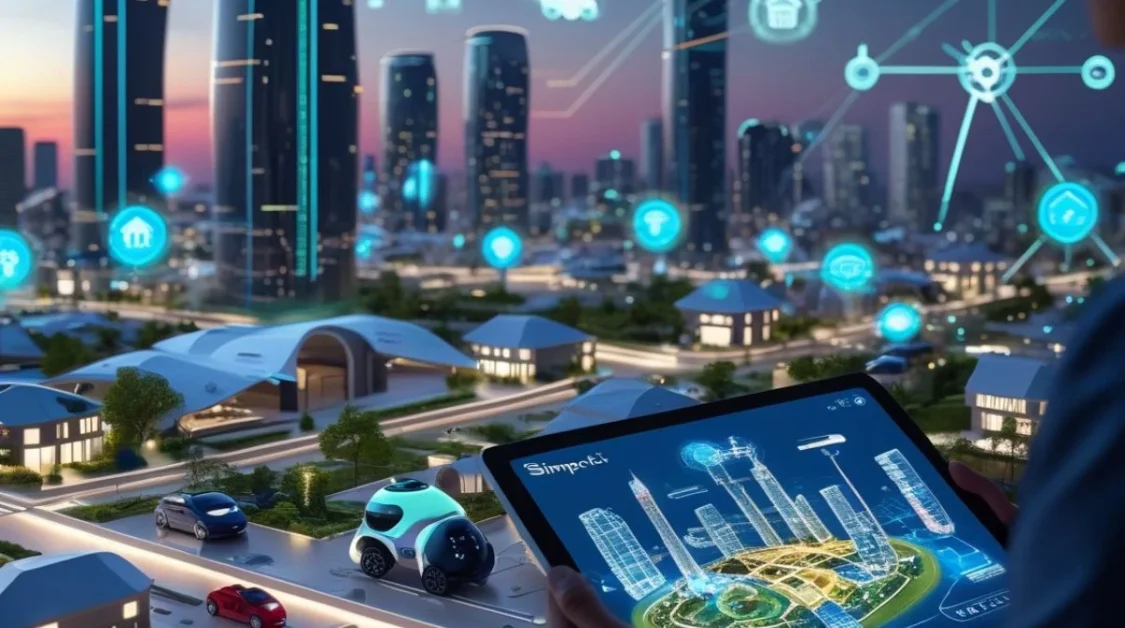Technology has woven itself into nearly every aspect of our lives, and religion is no exception. From the way we practice faith to how we connect with religious communities, technology has brought significant changes. Let’s explore these transformations in simple terms.
Access to Religious Information
One of the most significant impacts of technology on religion is the easy access to religious texts and information. In the past, accessing sacred texts required physical copies, which were not always readily available. Today, with the internet and digital libraries, anyone can access religious scriptures, commentaries, and teachings with just a few clicks. This democratization of information allows individuals to explore and deepen their faith at their own pace and convenience.
Digital Worship and Online Communities
The rise of the internet has opened new avenues for religious practice. Many people now participate in virtual worship services, allowing them to connect with their faith from anywhere. This shift has been especially important for those who cannot attend in person due to distance or health reasons. Online communities have also flourished, providing spaces for believers to share experiences, seek guidance, and support one another.
The different types of religion
There are many different types of religion, each with its own set of beliefs and practices. While some religions are based on a belief in a single god or goddess, others are polytheistic, meaning they believe in multiple gods and goddesses. There are also pantheistic religions, which believe that all of creation is divine and animistic religions, which believe that everything—including animals, plants, and rocks—has a spirit.
Technology has had a significant impact on religion. In the past, people had to rely on religious texts to learn about their faith; now, there are websites, apps, and social media platforms dedicated to helping people connect with their religion. Technology has also made it easier for people to practice their faith; for example, there are now online prayer services and e-books of religious texts available. Additionally, technology has allowed people to share their religious beliefs with others more easily; for instance, through blog posts or YouTube videos.
Islamic Education and Information Accessibility
The advent of digital technology has revolutionized access to Islamic knowledge. Muslims worldwide can now engage with religious texts, attend virtual classes, and participate in online discussions from their homes. This accessibility has democratized religious education, allowing individuals to deepen their understanding of Islam regardless of their geographic location. Moreover, interactive tools like Islamic games and educational videos have been developed to teach children about Islamic principles in engaging ways.

Community Building and Social Connectivity
Information and Communication Technologies (ICTs) have played a pivotal role in fostering community among Muslims. Online platforms enable believers to connect, share experiences, and support one another, thereby strengthening the global Muslim community. These digital spaces facilitate the spread of Islamic teachings and provide avenues for proselytization, helping to clear up misconceptions about Islam among non-Muslims.
Religious Apps and Websites
Smartphones and computers have become tools for spiritual growth. Numerous apps and websites offer daily prayers, scripture readings, and meditation guides. These digital resources make it easier for individuals to incorporate religious practices into their daily routines. For instance, a study by the Pew Research Center found that many people use digital means to enhance their spiritual lives.
Social Media and Faith Sharing
Social media platforms have become modern-day pulpits. Religious leaders and organizations use these channels to reach broader audiences, share teachings, and engage with followers. This accessibility allows individuals to explore different faiths and philosophies, fostering a more interconnected understanding of diverse beliefs.
Development of Muslim-Friendly Digital Platforms
Recognizing the unique needs of the Muslim community, there has been a proliferation of Muslim-friendly websites and applications. Platforms like LaunchGood, a crowdfunding site tailored for Muslims, have emerged to address specific community requirements. Despite challenges such as financial discrimination, these platforms have thrived, illustrating the community’s resilience and adaptability. The development of such “halal tech” solutions reflects a growing infrastructure supporting ethical and culturally sensitive technological innovations.
Virtual Religious Celebrations
Technology has enabled the celebration of religious events in virtual spaces. Festivals, ceremonies, and rituals are now streamed online, allowing participation regardless of geographical boundaries. This inclusivity ensures that traditions continue and evolve, even when physical gatherings are not possible.
Artificial Intelligence and Spiritual Guidance
Artificial intelligence (AI) has begun to play a role in providing spiritual guidance. For example, an experiment in Switzerland introduced “AI Jesus,” an avatar that interacted with individuals, answering questions about faith and morality based on biblical texts. This initiative explored the intersection of technology and spirituality, prompting reflections on the future of religious guidance.
Challenges and Ethical Considerations
While technology offers many benefits, it also presents challenges. The use of AI in religious contexts raises ethical questions about the authenticity of spiritual guidance and the potential loss of human connection. Religious leaders and communities are engaging in discussions to navigate these complexities thoughtfully.
Pros and cons of technology impacting religion
There is no question that technology has had a profound impact on religion. Here are some of the pros and cons of this technology impact:
Pros:
- Allows people to connect with others who share their faith more easily and quickly
- Enables people to access religious resources (e.g. scriptures, prayers, etc.) from anywhere in the world
- Makes it possible for people to engage in religious practices (e.g. meditation, yoga, etc.) without needing to physically be in a specific location
- Can help people feel closer to God or a Higher Power by providing them with a sense of community and connection
Cons:
- Can be used to spread misinformation about religions
- Can be used to bully or harass people based on their religion
The Relationship Between Religion, Science, and Technology
The interplay between religion, science, and technology is complex and multifaceted. While technological advancements have provided tools to enhance religious practices, they have also prompted debates about the essence of spirituality in an increasingly digital world. Some argue that technology may lead to secularization, as scientific progress offers alternative explanations to existential questions traditionally addressed by religion. Conversely, others believe that technology can coexist with religious beliefs, serving as a medium to deepen faith and understanding.
Enhancing Religious Celebrations
Technology has also enriched religious celebrations by expanding participation and fostering connectivity. Virtual reality and live-streaming technologies enable individuals who cannot attend in person to experience religious ceremonies, thereby inclusively accommodating diverse circumstances. These technological interventions ensure that traditions are preserved while adapting to contemporary needs, enhancing the overall spiritual experience.
The Future of Religion in a Technological World
As technology continues to evolve, its impact on religion will likely deepen. The key lies in finding a balance that honors traditional practices while embracing innovative tools to enrich spiritual experiences. Ongoing conversations and thoughtful integration of technology can lead to a harmonious coexistence of faith and modern advancements.
Conclusion
Technology has both transformed and enriched religious practices, offering new ways to connect, learn, and grow in faith. By embracing these changes thoughtfully, religious communities can continue to thrive in the digital age.



